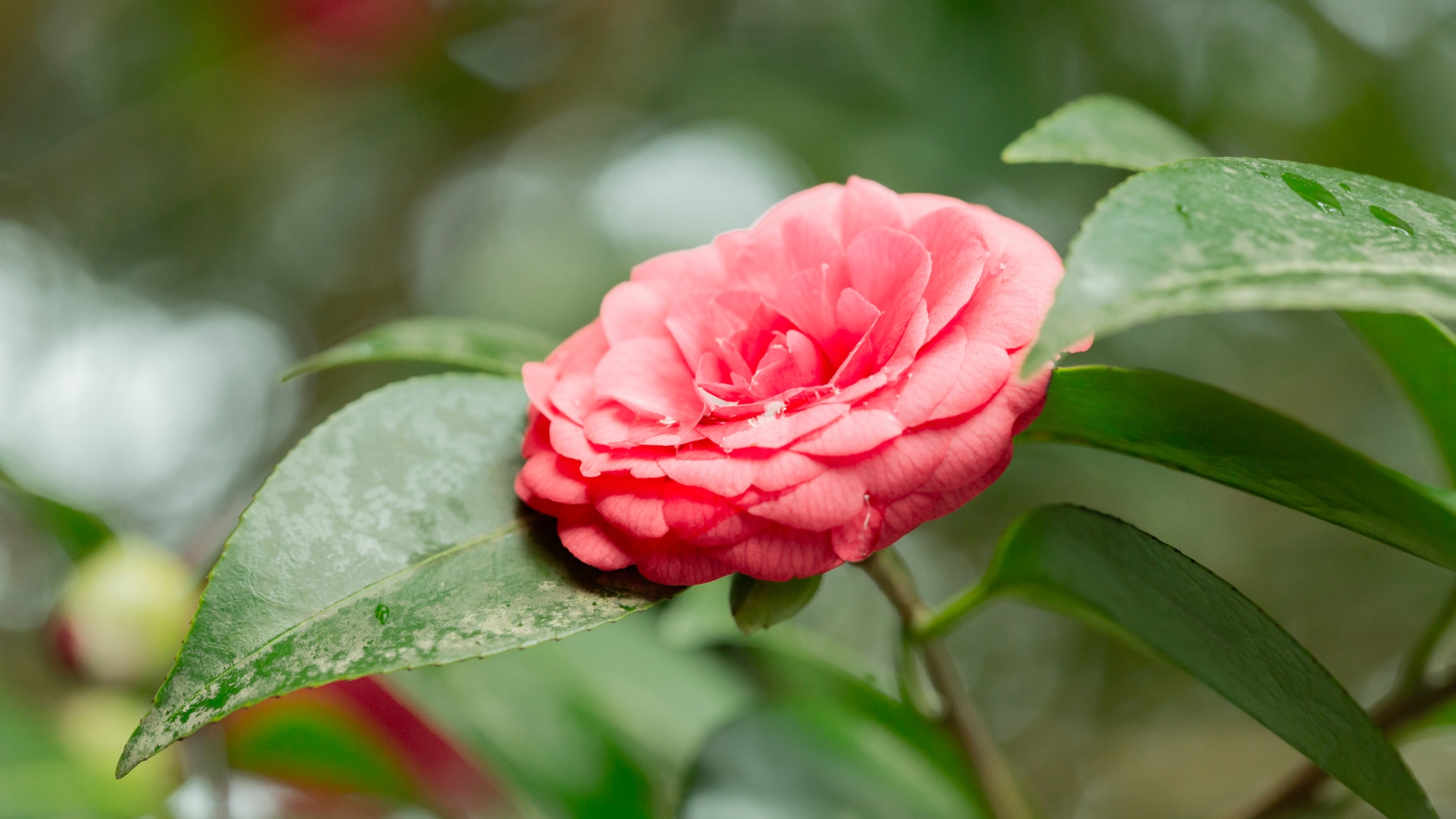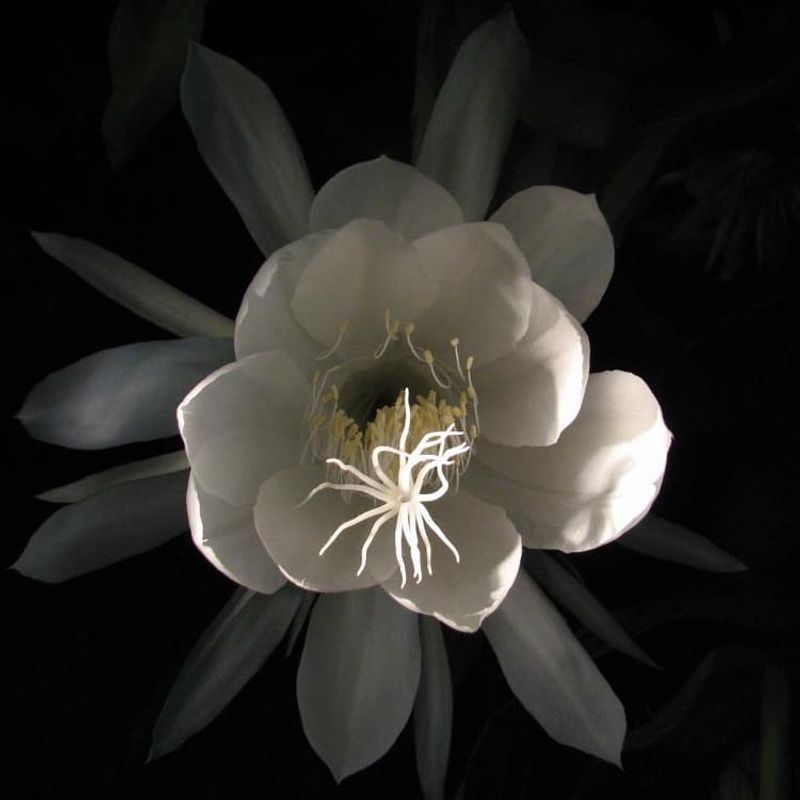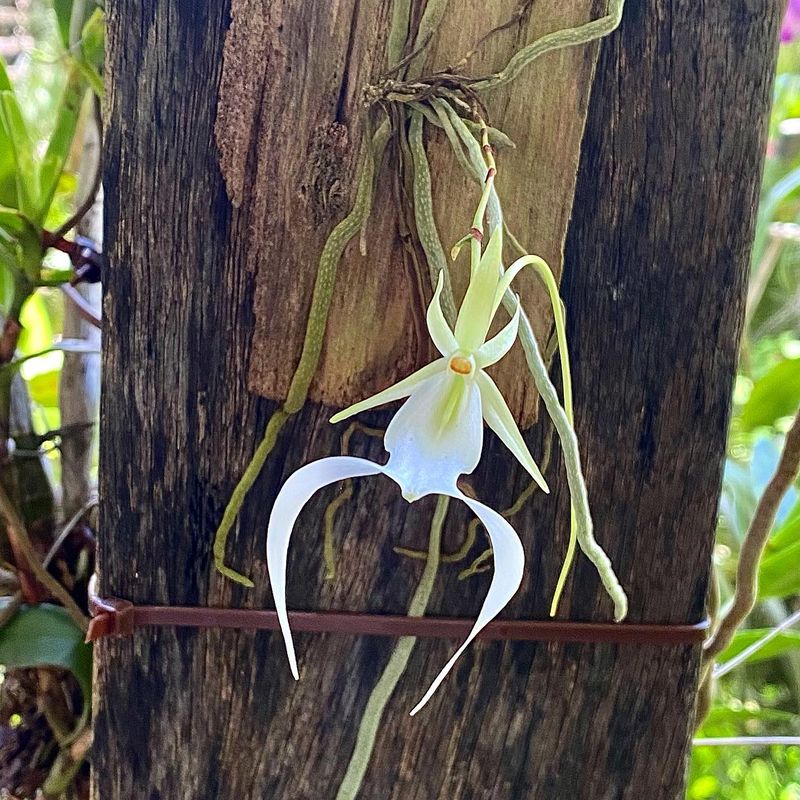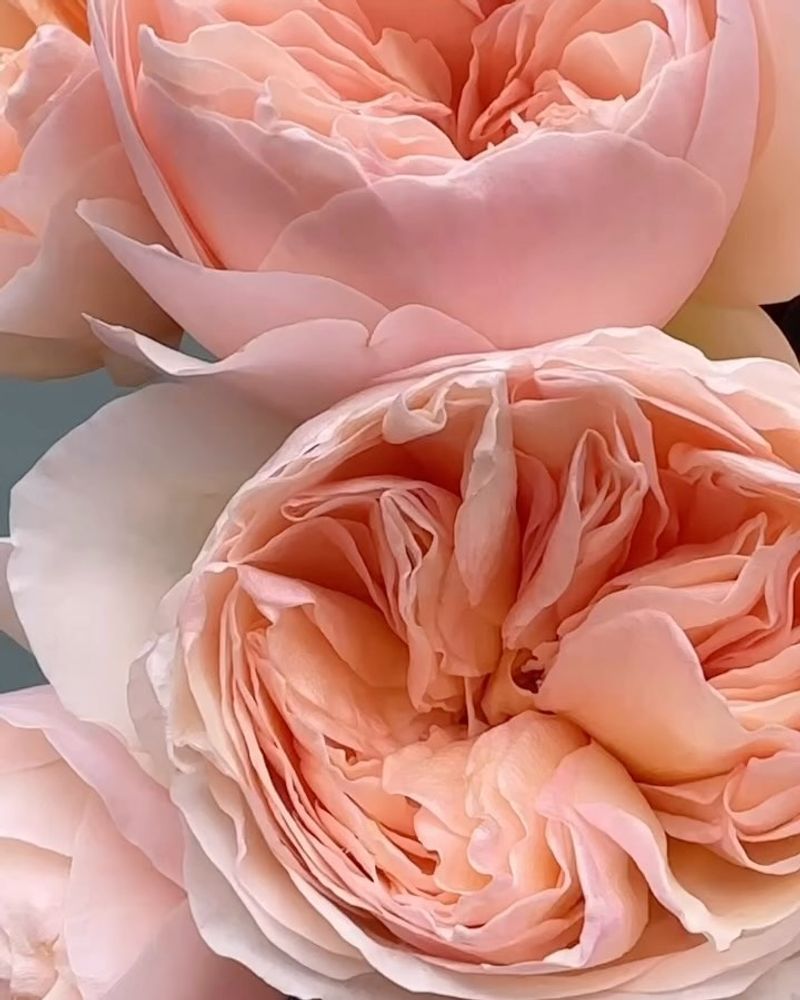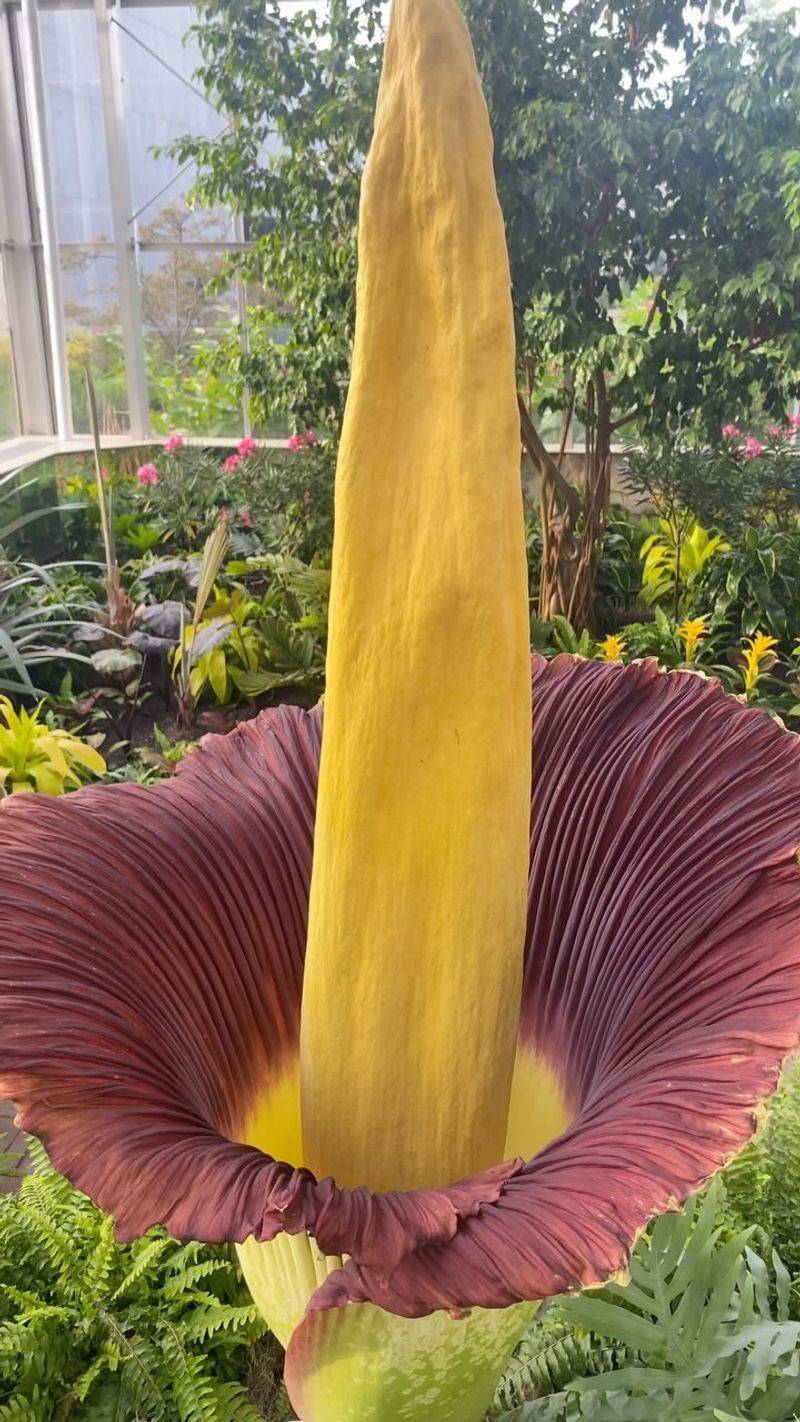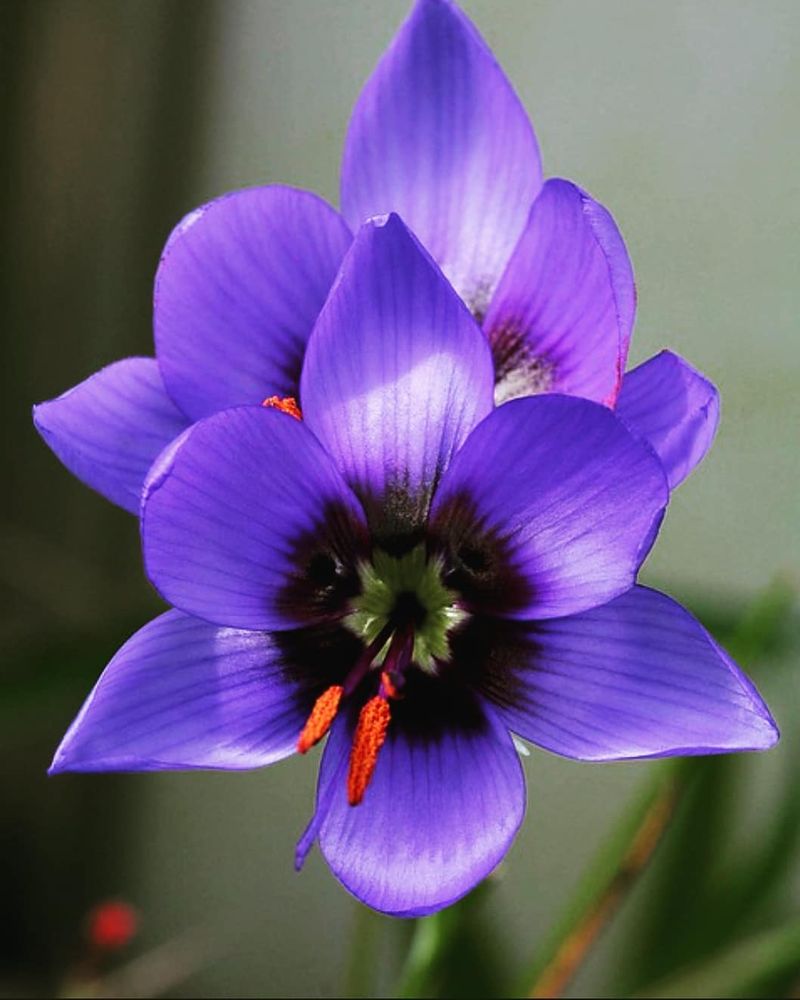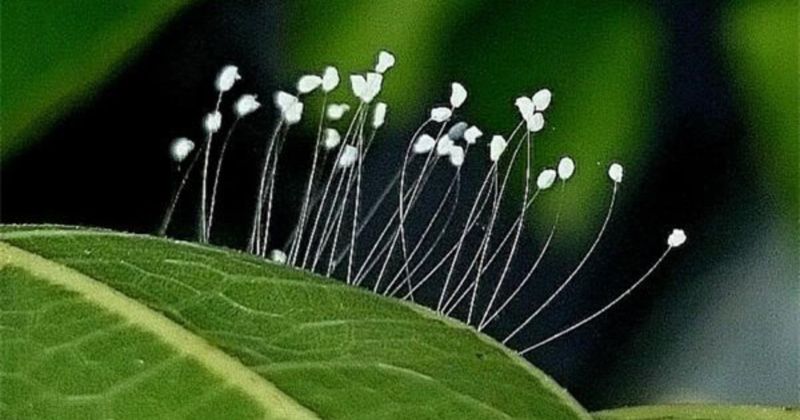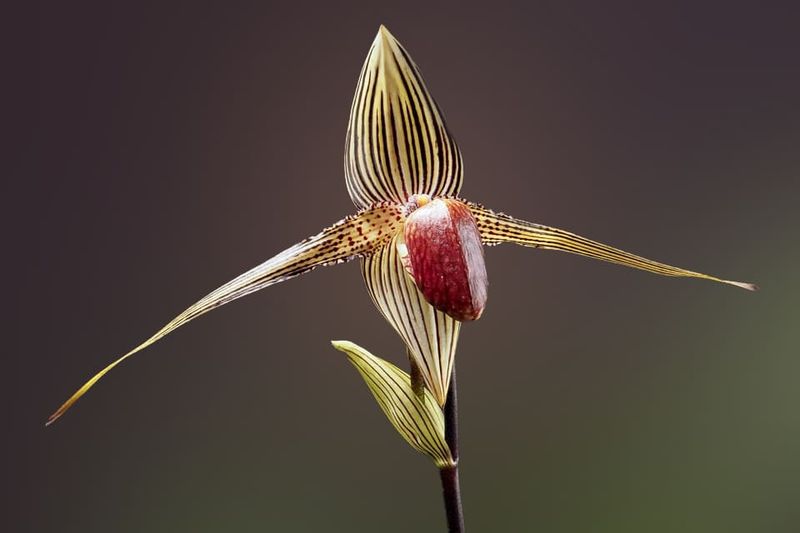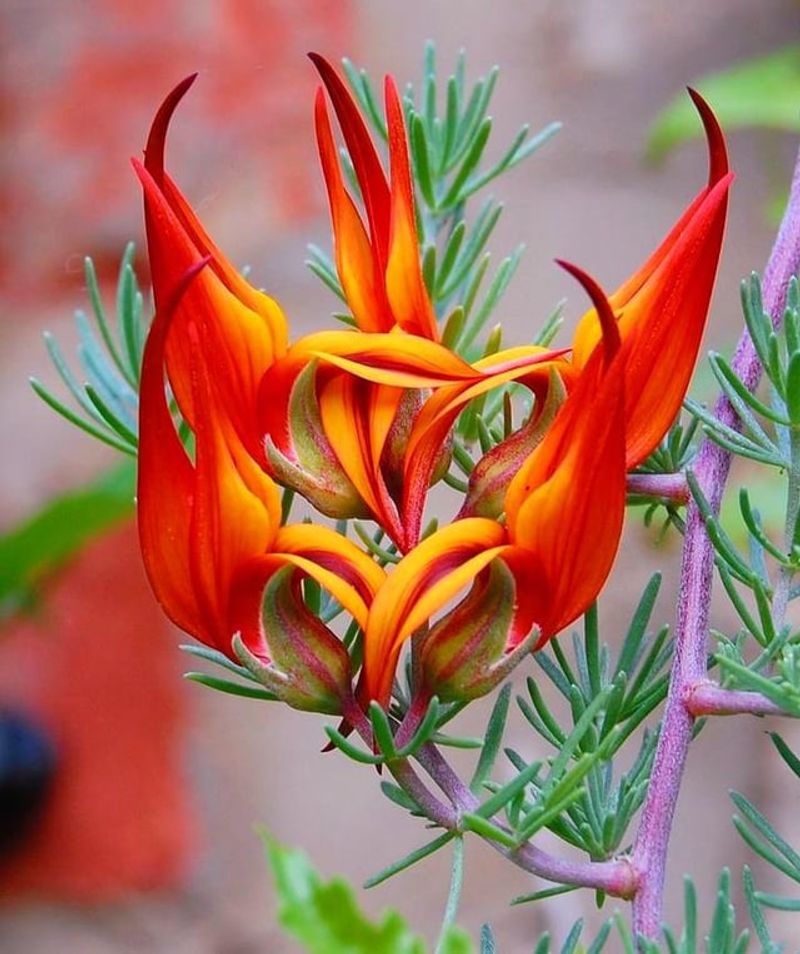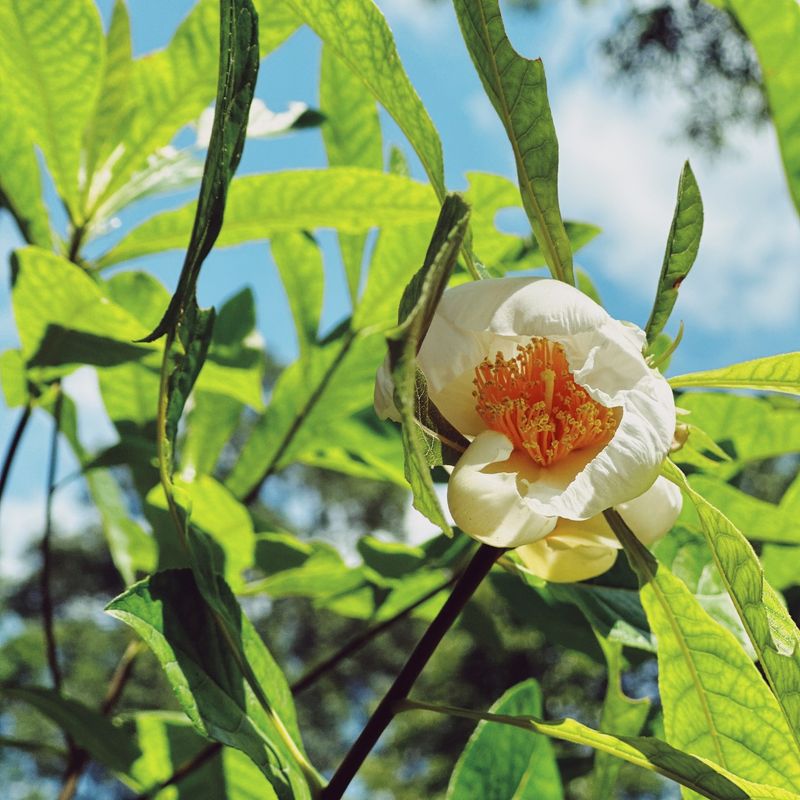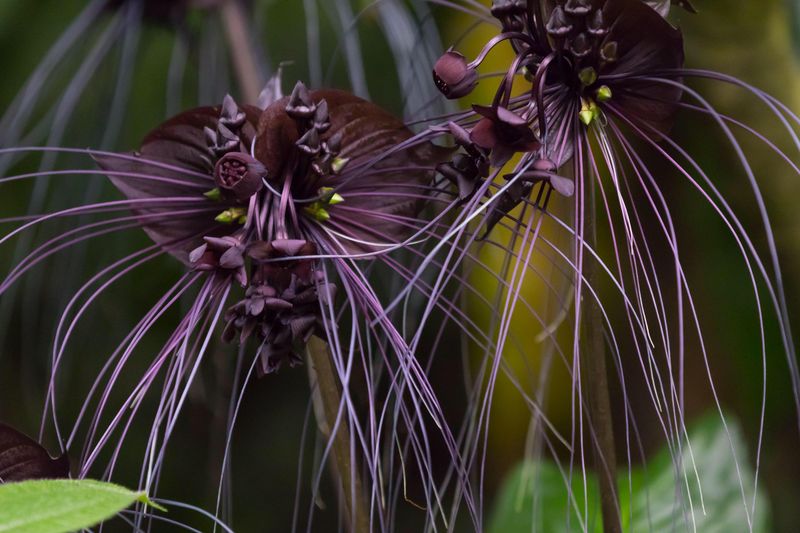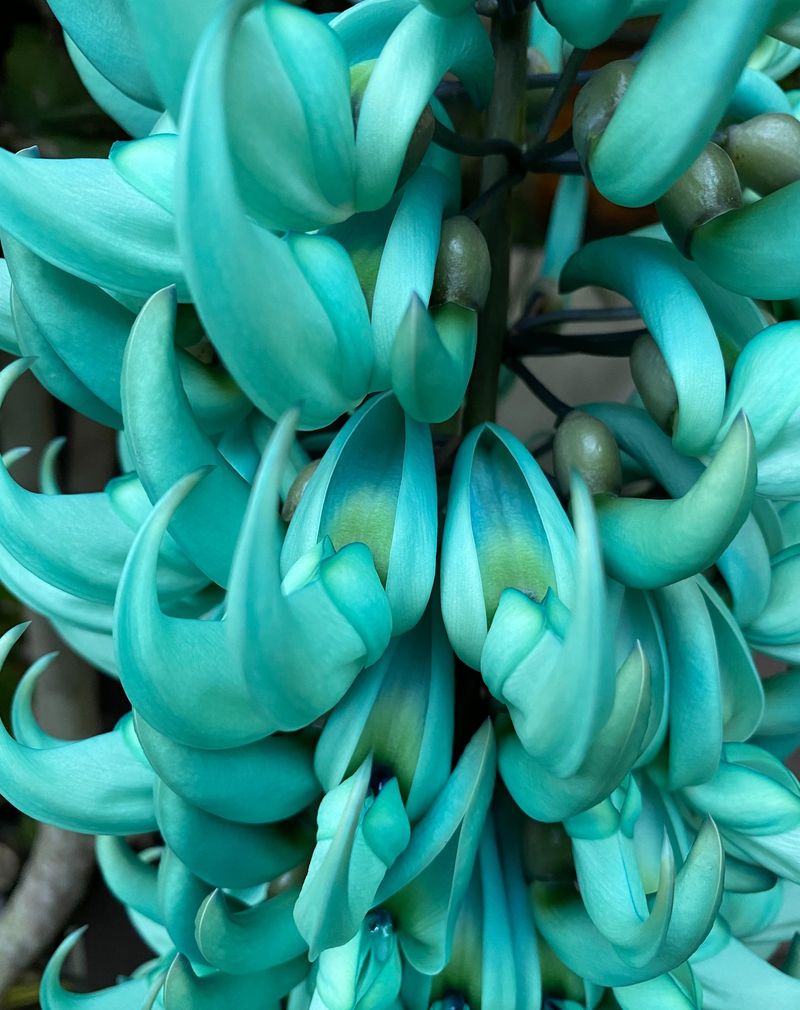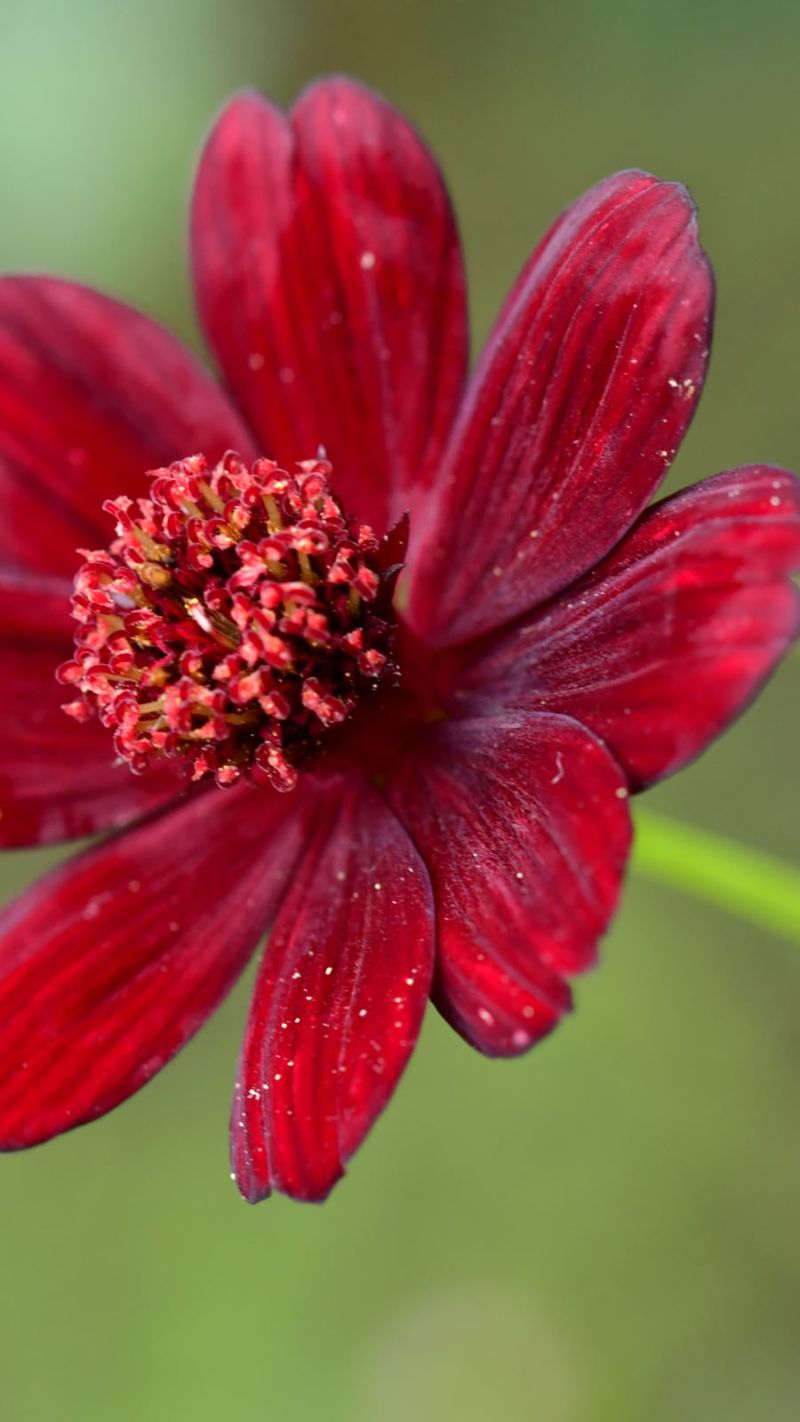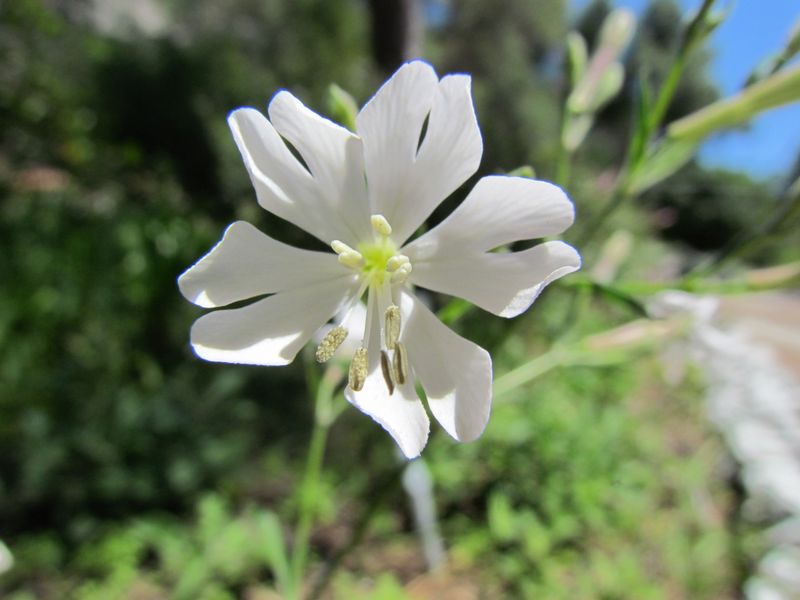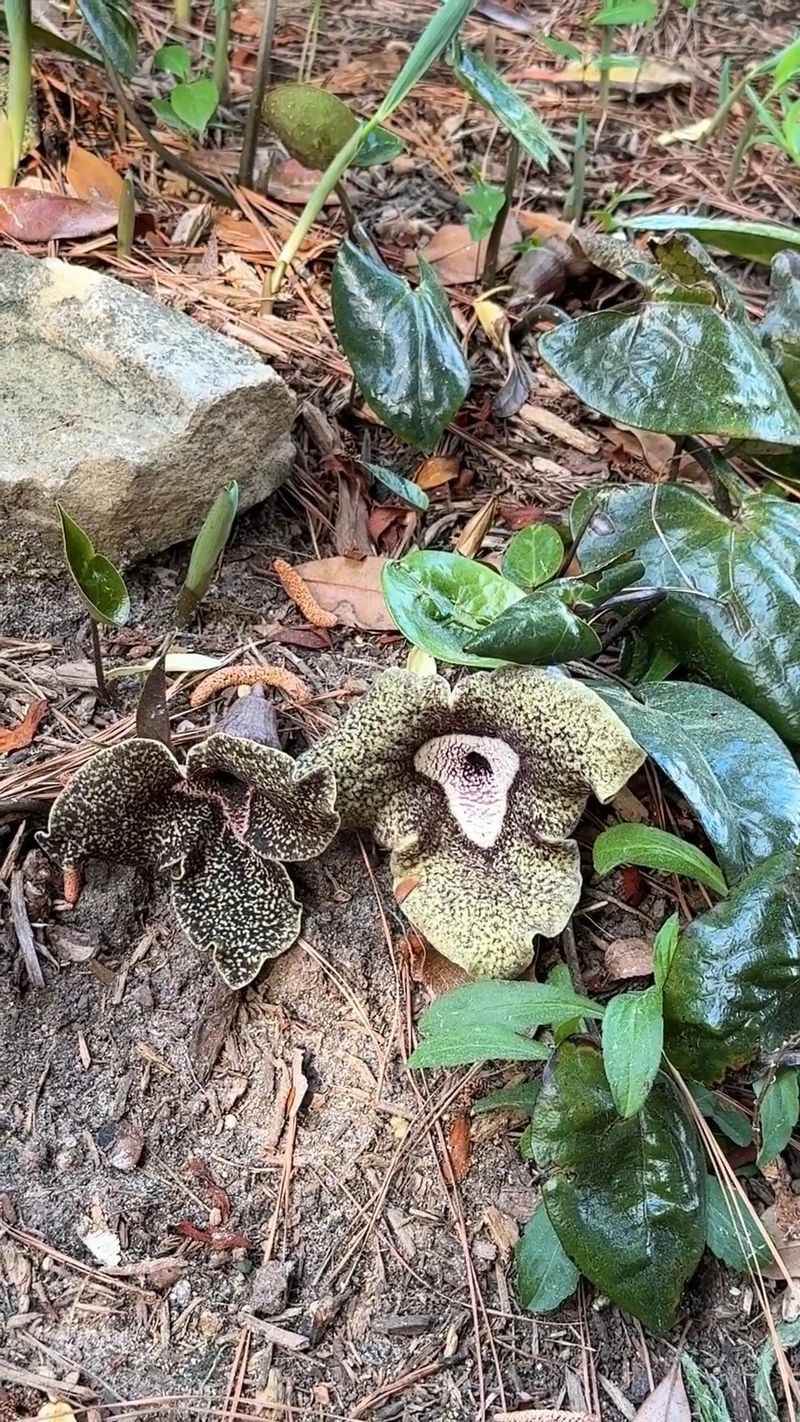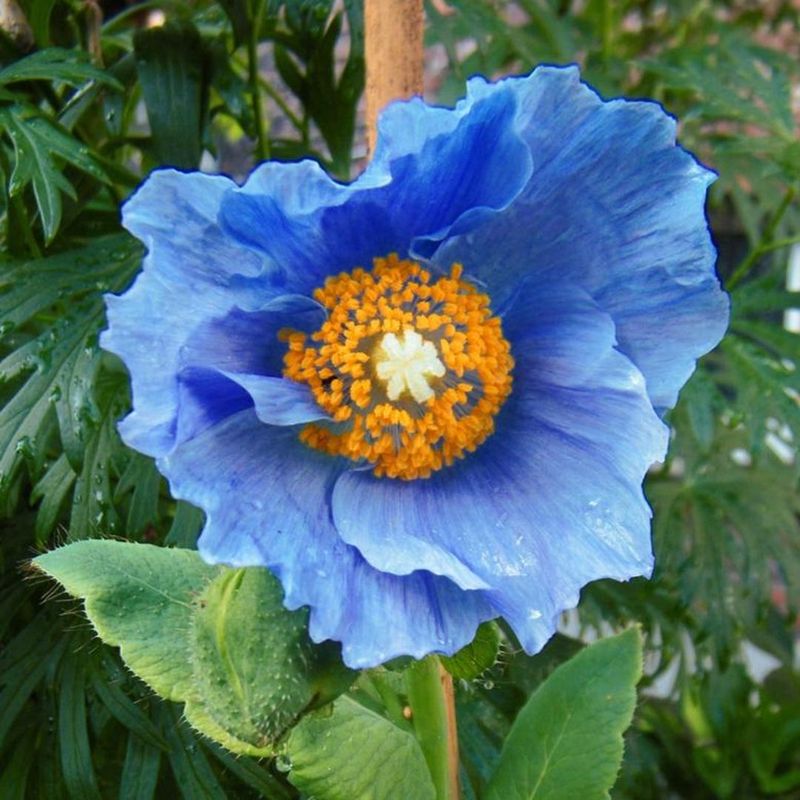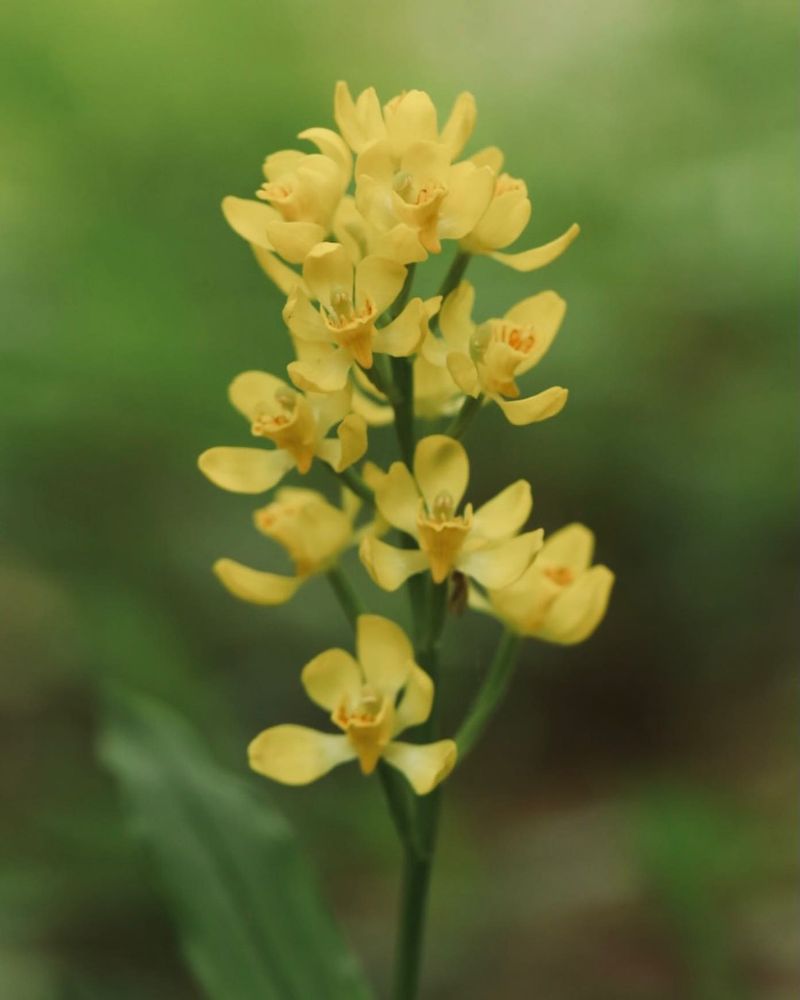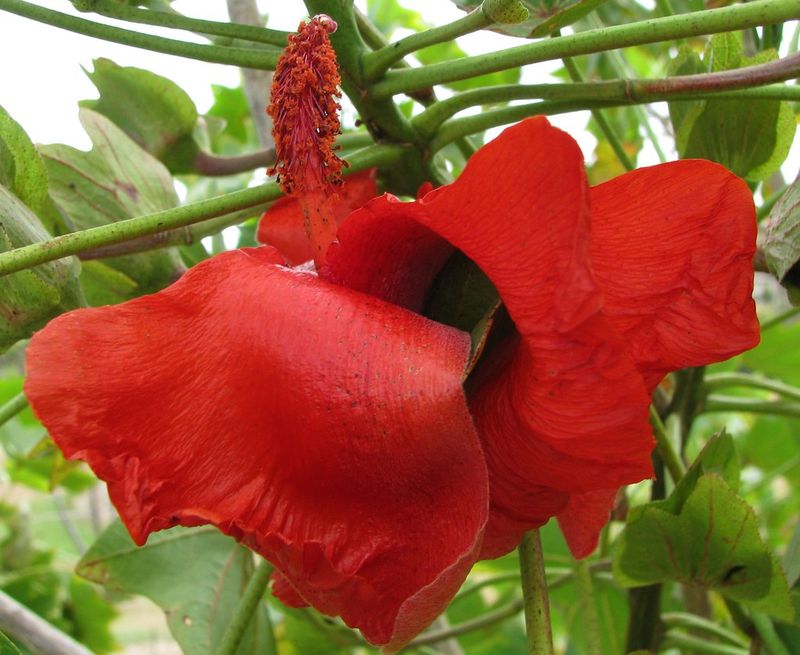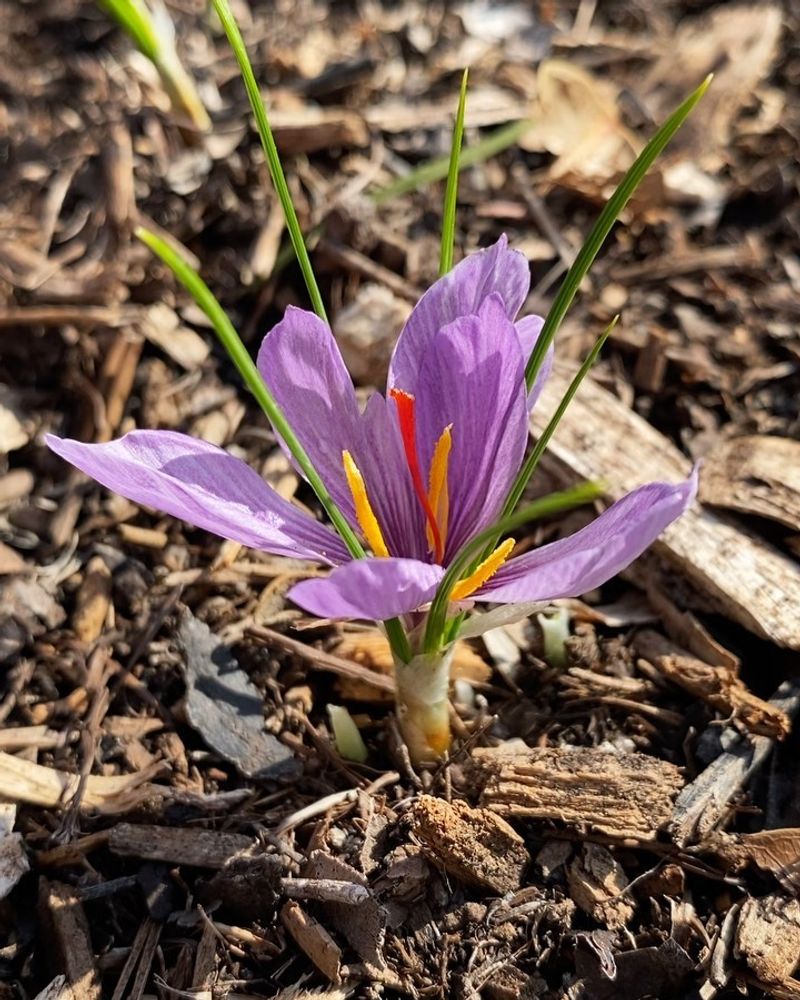Ever wondered why some flowers cost a small fortune? Beyond their breathtaking beauty lies a hidden world of growing challenges that most gardeners never experience. From specific soil requirements to unusual climate needs, these botanical treasures demand extraordinary attention. Whether you’re a curious flower lover or aspiring gardener, discovering these gorgeous but finicky blooms might just give you a new appreciation for that $200 bouquet!
1. Kadupul Flower (Epiphyllum oxypetalum)
Nicknamed the ‘Queen of the Night,’ this mysterious bloom only opens after dark and wilts before dawn. Native to Sri Lanka, it’s considered priceless because it can’t be cut and sold without immediately dying.
Growing this temperamental beauty requires perfect humidity levels and temperatures between 50-70°F. Most gardeners fail because the plant needs several years of maturity before flowering, and even then, you might wait months between those magical midnight blooms.
2. Middlemist Red (Camellia)
Only two known specimens exist worldwide—one in New Zealand and another in England. Originally from China, this flower isn’t actually red but a delicate pink, adding to its mystique.
Gardeners struggle with its extremely specific soil acidity requirements and vulnerability to temperature fluctuations. The plant also grows painfully slowly, taking years to establish before producing any blooms.
Even expert horticulturists often fail to propagate new plants from cuttings, making this possibly the rarest cultivated flower on Earth.
3. Ghost Orchid (Dendrophylax lindenii)
Made famous by the book ‘The Orchid Thief,’ ghost orchids seem to float in mid-air since they grow without soil, attaching to trees instead. Their spooky white blooms resemble dancing ghosts in the moonlight.
Growing them outside their native Florida swamps is nearly impossible. They demand 90% humidity, filtered light, and undisturbed roots for years.
Without leaves for photosynthesis, they rely entirely on their green roots to capture sunlight, making them extraordinarily sensitive to environmental changes. Most die within months of collection.
4. Juliet Rose
Developed over 15 years at a cost of $5 million, this perfect peach-colored rose debuted in 2006 at the Chelsea Flower Show. Its perfectly arranged petals and sweet fragrance made it an instant sensation in the floral world.
Home gardeners quickly discover its frustrating nature—Juliet demands precise watering schedules, struggles with temperature variations, and proves highly susceptible to common rose diseases.
The plant also requires aggressive pruning techniques that differ from standard roses, causing many enthusiasts to watch their expensive investment wither despite their best efforts.
5. Corpse Flower (Amorphophallus titanum)
Standing up to 10 feet tall when blooming, this Indonesian giant creates a spectacle at botanical gardens worldwide. Its massive purple-red bloom emits a putrid smell like rotting flesh to attract pollinating insects.
Growing one requires extraordinary patience—plants can take 7-10 years before their first bloom, which lasts only 24-48 hours. Between flowerings, the plant goes dormant, leaving gardeners wondering if it’s still alive.
Its massive corm (underground storage stem) needs precise seasonal temperature changes and humidity levels that most home environments simply cannot provide.
6. Shenzhen Nongke Orchid
Scientists at Shenzhen Nongke University spent eight years developing this laboratory-created orchid that doesn’t exist in nature. In 2005, it sold at auction for $202,000, making it the most expensive flower ever purchased.
The orchid blooms only once every 4-5 years, with delicate petals featuring a creamy yellow center fading to white edges. Laboratory conditions are nearly impossible to replicate at home.
Even professional growers struggle with its artificial origin—the plant has no natural habitat to mimic and requires precise nutrient formulations that remain largely proprietary.
7. Youtan Poluo (Udumbara)
According to Buddhist legend, these microscopic blooms appear once every 3,000 years to herald the arrival of a great sage. Modern appearances have been documented on metal, wood, and even Buddha statues, sparking wonder and controversy.
Scientists debate whether they’re actually flowers or insect eggs. For those attempting cultivation, the challenge is obvious—no confirmed growing method exists.
The tiny white bell-shaped structures measure just 1mm across and typically last only a few days before disappearing, making them both mystically significant and practically impossible to maintain in a garden setting.
8. Gold of Kinabalu Orchid (Paphiopedilum rothschildianum)
Found only on Mount Kinabalu in Borneo at elevations above 1,600 feet, this endangered orchid sells for up to $5,000 per stem. Its striking petals feature bold red-brown tiger stripes on a yellow-green background.
Cultivation challenges begin with legal acquisition—most countries prohibit collection from the wild. Even legally propagated specimens demand exacting care.
The plant requires cool nighttime temperatures, bright but filtered light, and a specialized growing medium mimicking their native limestone habitat. Most plants die within months of being removed from professional greenhouse settings.
9. Parrot’s Beak (Lotus berthelotii)
Once common in the Canary Islands, this striking flower with curved crimson petals resembling a parrot’s beak now exists primarily in cultivation. Its near-extinction in the wild adds to its mystique and value.
The plant demands extremely well-draining soil that still retains moisture—a paradoxical requirement that frustrates even experienced gardeners. It also needs full sun with protection from intense afternoon heat.
Most challenging is its pollination—in nature, it relied on now-extinct sunbirds. Without them, the plants rarely produce seeds, forcing growers to rely on difficult vegetative propagation methods.
10. Franklin Tree (Franklinia alatamaha)
Discovered in 1765 by botanists John and William Bartram along Georgia’s Altamaha River, this tree hasn’t been seen in the wild since 1803. Every existing specimen today descends from seeds collected by the Bartrams.
The camellia-like white blooms with golden centers appear in late summer when few trees flower, making them particularly precious. Growing challenges abound—the trees are notoriously susceptible to root fungus.
They also struggle with both drought and excessive moisture, making watering a constant balancing act. Most gardeners lose their trees within 2-3 years despite following expert advice.
11. Black Bat Flower (Tacca chantrieri)
With bat-shaped flowers reaching 12 inches across and long whisker-like bracts that can grow to 28 inches, this unusual Asian native creates a dramatic garden focal point. The deep purple-black color appears almost unnatural against its lush green foliage.
Growing challenges stem from its rainforest origins—it needs high humidity (over 60%) yet good air circulation to prevent rot. The soil must stay consistently moist but never waterlogged.
Temperature requirements prove equally demanding, as any exposure below 55°F can kill the plant outright. Most home environments simply cannot maintain these contradictory conditions.
12. Jade Vine (Strongylodon macrobotrys)
Hanging in cascades up to 3 feet long, these otherworldly turquoise-blue flowers seem almost artificially colored. Native to Philippine rainforests, the plant grows as a vigorous woody vine that can reach 70 feet in natural settings.
Home gardeners face immediate space challenges—the plant needs room to climb and spread. Temperature requirements are strict: never below 60°F with high humidity maintained year-round.
Most critically, the flowers evolved to be pollinated by bats, making natural pollination nearly impossible in cultivation. Without hand-pollination, the spectacular blooms appear but never produce viable seeds.
13. Chocolate Cosmos (Cosmos atrosanguineus)
Bearing velvety deep red-brown flowers that genuinely smell like chocolate, this Mexican native disappeared from the wild in the 1900s. All existing plants are clones of a single specimen, propagated vegetatively since the plant produces no viable seeds.
Growing challenges include its tuberous roots that must be lifted and stored in winter in most climates—a process many gardeners get wrong, leading to rot or desiccation.
The plant also performs poorly in high humidity or rainy conditions, with flowers quickly turning to mush. Despite these challenges, its chocolate scent makes it irresistible to collectors.
14. Campion (Silene tomentosa)
Once declared extinct in 1992, this Gibraltar native was rediscovered growing on inaccessible limestone cliffs. Its pink-white flowers aren’t particularly showy, but its brush with extinction makes it valuable to collectors and conservation-minded gardeners.
Growing challenges stem from its native habitat—it evolved to thrive in limestone crevices with minimal soil and perfect drainage. In garden settings, even slightly rich soil causes rapid decline.
The plant also performs poorly in regions with summer rainfall, preferring Mediterranean conditions with dry summers and mild, wet winters. Most specimens die from root rot within months of planting.
15. Lady’s Slipper Orchid (Cypripedium calceolus)
Once abundant across Europe, this wild orchid has declined dramatically due to habitat loss and over-collection. Its distinctive pouch-shaped yellow lip resembles a delicate slipper, giving the flower its common name.
Growing one requires extraordinary patience—seeds must form a relationship with specific soil fungi to germinate, a process that can take 5-7 years before the first leaf appears.
Even established plants demand very specific soil chemistry and moisture levels that fluctuate seasonally. Many enthusiasts spend thousands on mature specimens only to watch them decline despite meticulous care.
16. Blue Poppy (Meconopsis grandis)
Featuring true-blue flowers—a rarity in nature—this Himalayan native creates gasps of wonder when successfully grown. The silky petals surround a center of golden stamens, creating a striking color contrast.
Native to high elevations (10,000+ feet), blue poppies despise summer heat and humidity. Most American gardeners watch their plants collapse by July, regardless of care.
The plants also perform poorly in containers and resent root disturbance of any kind. Even in ideal conditions, they’re often short-lived perennials, frustrating gardeners who achieve success one year only to fail the next.
17. Lily of the Valley Orchid (Cephalanthera falcata)
Golden-yellow blooms with a delicate structure make this Japanese woodland orchid highly sought after. Unlike showy tropical orchids, this terrestrial species maintains an elegant simplicity that appeals to collectors of rare woodland plants.
Growing difficulties begin with acquisition—seeds and plants are rarely available outside Japan. When found, they require a specific forest ecosystem to thrive.
The plant forms mycorrhizal relationships with soil fungi that most garden environments lack. Even in perfect woodland settings, the plants grow painfully slowly, taking up to a decade before reaching flowering size.
18. Kokio (Kokia cookei)
Once thought extinct, this Hawaiian tree exists today only through careful propagation from a single rediscovered specimen. Its bright red flowers resemble hibiscus but with uniquely twisted petals that give them a windswept appearance.
Growing challenges are extreme—the plant evolved in Hawaii’s specific volcanic soil and climate conditions. It struggles with common plant diseases that rarely affect other garden plants.
Most critically, the species has lost genetic diversity after its near-extinction, making all specimens vulnerable to the same environmental stresses and diseases. Even botanical gardens struggle to maintain healthy specimens long-term.
19. Saffron Crocus (Crocus sativus)
More valuable than gold by weight, saffron comes from the hand-harvested stigmas of these delicate purple flowers. Each bloom produces just three tiny red threads, with 75,000 flowers needed to produce a single pound of saffron.
Growing challenges include their precise dormancy requirements—they need hot, dry summers followed by cool autumns to bloom properly. Bulbs (technically corms) rot easily if summer irrigation continues too long.
Most frustratingly, commercial production requires massive quantities to be economically viable, yet harvesting must be done by hand during the few hours when flowers are perfectly open.

